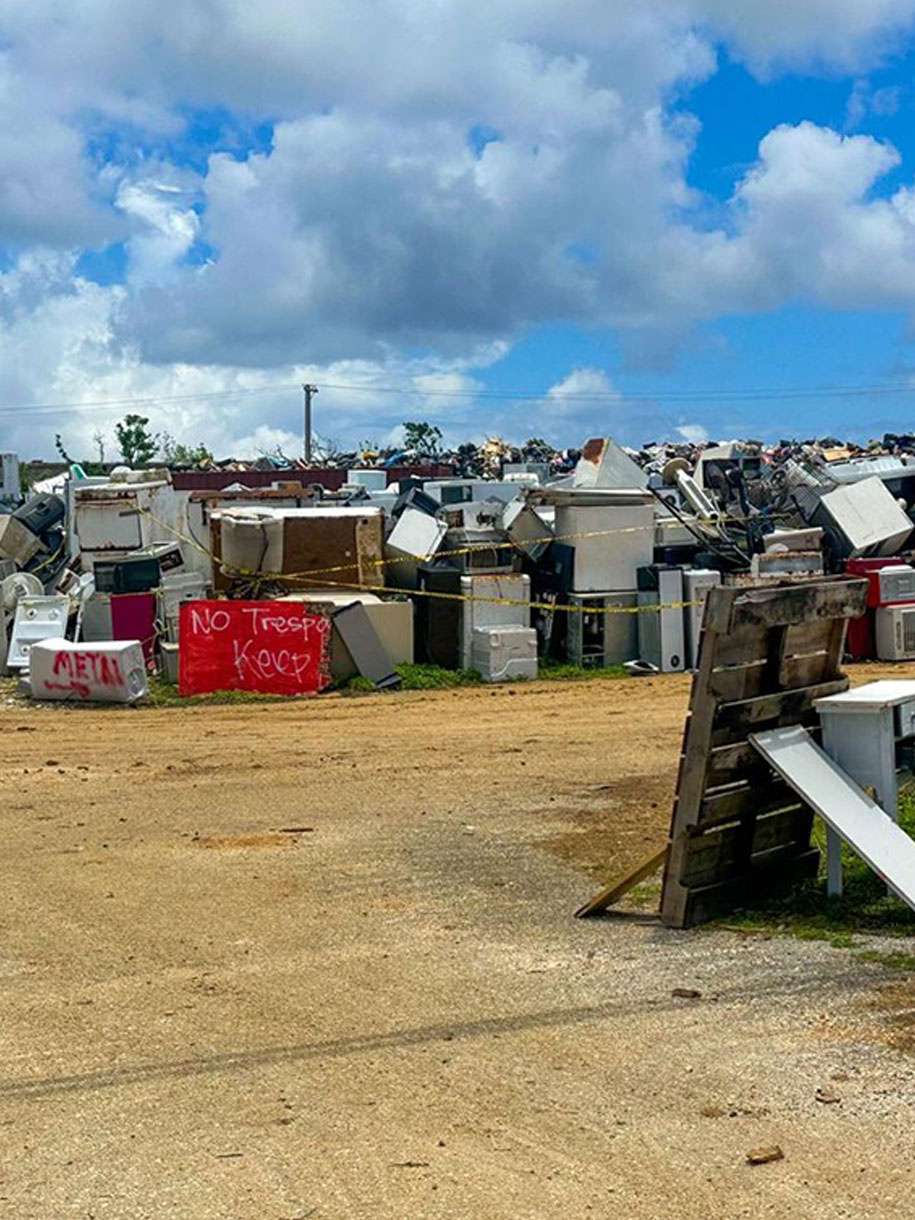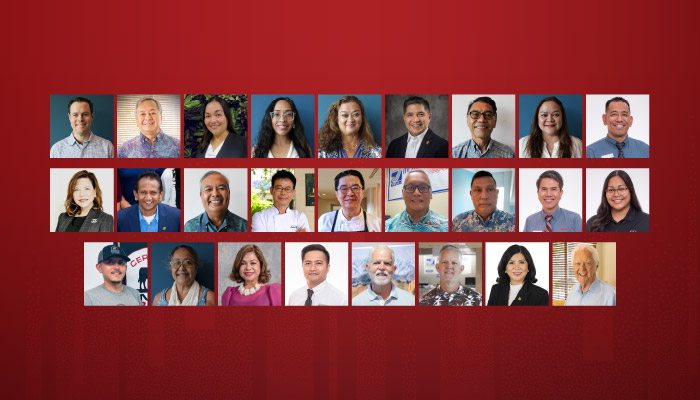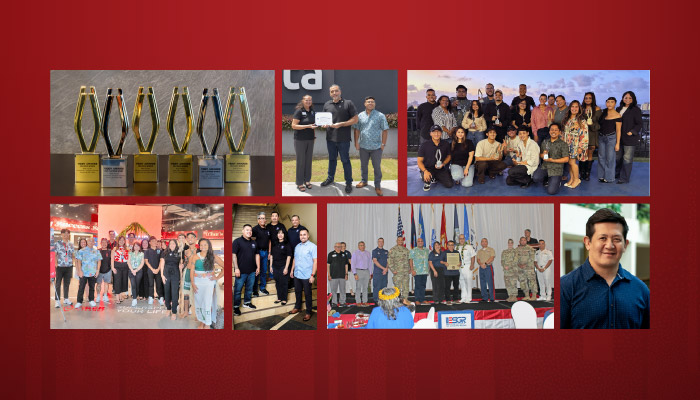By David J. John, managing director of ASC Trust LLC

When I was a young man, I went to see Bruce Springsteen launch his Born in the U.S.A. tour at what is now known as the Xcel Energy Center in St. Paul, Minnesota. This is the same arena where they shot the music video for his classic song, “Dancing in the Dark,” where he pulled a young Courtney Cox on stage and launched her Hollywood career.
“Dancing in the Dark” is arguably the Boss’s most famous song by way of commercial success, but what we have learned from music journalists since then, was that it was a song conceived in frustration after toiling over his album for around two years. If you stop snapping your fingers and listen to the actual words of the song, there’s basically a struggle with stagnation and feelings of hopelessness about the future and searching for a “spark” to get the fire going.
Springsteen was already a respected musician, but he was given two years to launch a follow-up to his prior album. This song was a last-minute addition fueled by an argument with his producer, who thought the album lacked that one magic track. What would Born in the USA have been without “Dancing in the Dark?” No one knows.
The region has had well over two years to launch our next act and it troubles me that we are still in a state of planning versus action — no sparks here, from what I observe. If we look back, we hit the five-year anniversary a couple of short months ago of what was supposed to be a 2 million visitor year in Guam, upended by a global pandemic that transformed our lives in so many ways, some of which remain forever altered.
In 2020 and 2021, our focus was on keeping the citizens of the region alive, and government leaders responded with an overwhelming push towards isolation for the good of our public health. The region’s most favored Asian source markets behaved in similar fashion, closing their doors to in and outbound travel.
The immediate economic impact to our tourism economy was crippling and the deployment of pandemic aid across multiple fronts certainly helped safeguard the wellbeing of families. The overall economy, however, showed sustained growth on paper in a number of areas, primarily in tax collections. It surprises no one that this was due to the INDOPACOM defense projects across the region which were virtually uninterrupted by the pandemic, save for some supply chain challenges.
In the last few years, we see the Build Up 1.0 of the early 2000s fueled by multiple add-ons including the Singapore Squadron, the Polaris Point Submarine Base, and Pacific Deterrence Initiative Projects throughout the region. Of the $150 billion submitted by the House Armed Services for the Department of Defense, about 7% is concentrated in regional defense projects. The contract sizes are just dizzying. Thankfully, these projects are real and do not appear to be losing momentum with DOGE, or any other effort to streamline federal government.
However, as a community, we need to collectively recognize the transient nature of this rising tide, which will lift most boats, albeit temporarily before we hit a new economic set point. For example, readying a multi-million-dollar training facility on the Marine Base may be a sizeable contract for a contractor who may or may not be local, but it is a one-time expenditure. While there are certain maintenance concerns that will serve as residual income for the local HVAC specialists, plumbing companies and electricians, the windfalls are just that — windfalls.
Until we recognize them as such and planning accordingly, we are in one big “set up” for economic failure.
But back to Springsteen … The reason he’s a legend is because he speaks to the struggles of the working man and woman. At least, he did in the 1980s. But the struggles back then were not unlike the struggles today.
Mortgage rates in St. Paul, Minnesota in 1981 were at 16.67% and didn’t break below 10% until two years after “Dancing in the Dark” hit the charts. As the Carter Administration turned over to Reagan, inflation was at a high, and the American Midwest was losing jobs to overseas markets.
For America, the turnaround from these conditions was not overnight. In fact, it was a combination of technology innovation, tax reform, and fiscal policy. Even then, economic volatility remained. About a year after “Dancing in the Dark” was released, the day now known in the market as Black Monday occurred, where the stock market plunged about 22.6% in a single day and estimated losses hit $1.71 trillion. The reading behind this day points to a combination of political decisions, an overheated market following a bull run, and even some technological innovation that went awry. Does any of this sound eerily similar?
We know that here in Micronesia, we have very little involvement in the sociopolitical theater in D.C. However, we know that the DoD money making its way to the region is causing a temporary bump to our government revenues and creating an illusion that we are doing better than we really are. We also know that our visitor profile is changing, and the strategic direction of tourism needs a multipronged effort towards recovery. We also know that despite Guam looking good on paper with respect to tax collections, unemployment etc., we are receiving reports of ongoing concern regarding recruiting and retaining talent as well as housing and cost of living challenges.
These are the universal themes we need to be bullish on:
- The tourism industry, done right, can do wonders for all islands.
- Industry diversification bolsters resilience and creates jobs.
- Housing and cost of living accessibility keeps the talent here at home.
Last year when I wrote this same article, I received a barrage of messages regarding tourism and the desire for more stakeholder consideration in the efforts of the Guam Visitors Bureau. These messages ultimately resulted in leadership turnover and a board of directors-adopted recovery plan that was also “blessed” by the private sector.
What should have followed is a flurry of activity to improve publicly owned tourism assets. This is where the focus should be in 2025.
We can argue about whose responsibility it is to fix the parks and keep bathrooms clean or we can all agree if we take a portion of the government revenue surpluses to create a sustainable permanent fix through a public-private partnership, this would be a win all around. The “who’s on first” exercises between the Executive Branch, the Legislature — occasionally starring our autonomous agencies and featuring a billboard from the attorney general — needs a ceasefire until we can get some airplane seats filled.
I am a fan of public private partnerships. If the current models of GVB/DPR/DPW/MCOG cooperation are not working, we need something like GVB/PPP/DPW/PPP. Various areas of the government including our residential trash collection, power production, and certain functions of the airport are effectively privatized. No one agency needs to go full enchilada like the former Guam Telephone Authority which, by the way, is now a thriving member of the private sector. Privatizing functions of the government that are pain points would involve some growing pains to establish but will be altogether worth it if carried out effectively.
A new Hotel Occupancy Bond issuance with a focus on tourism related Capital Expenditures over junkets and senatorial pet projects would transform the face of Guam for the modern visitor. The Chamber of Commerce should be spending less time writing articles about lowering the BPT for the 20th year in a row, versus bringing stakeholders together to come up with a year-long tourism-promoting agenda among members.
In a similar fashion to how the Armed Forces Committee came together to have an organized voice of Guam business when talking to D.C. and the Pentagon, a Tourism Committee can be part of the recovery of our visitors’ industry.
A few weekends ago, an event called the “Mad Collab Block Party” took place in historic Hagåtña, wherein many of Guam’s small businesses worked together to provide unique “collaborations” in food, clothing, and merchandise to sell to attendees. Over 4,000 people attended the one-day event. This is the kind of positive experience that draws visitors. We should be spending our time identifying and lobbying for resources both government and the private sector to support initiatives like these.
Even local co-ops such as the Farmer’s Cooperative Association of Guam could participate in the revitalization of tourism by directing time and attention towards the tourism sector. In recent history, the Guam Economic Development Authority gave a grant to the Department of Corrections to train inmates to work in construction trades. What if different groups were trained in growing flowers to supply our hotels or landscape touristed areas with a guarantee or floor supported by the Government of Guam via Hotel Occupancy Taxes? Ideas like these are small efforts that provide huge returns.
Currency is beyond our control. However, we can mitigate the effects of currency fluctuations by demonstrating our value at every point of the visitor experience from the pre-arrival communications to visitors, to the airport arrival, to the hotels, restaurants, and visitor experiences. I would like to see a senator emboldened enough to put some real fire power behind the Guam Department of Public Works to fine derelict building owners or to arm the Guam Police Department or Visitor Safety Officers with the resources to truly move the homeless problem away from the plain sight of paying guests. A destination that is tired — where the collective community gives the impression that we do not care if a visitor gets on the airplane or not — cannot be fixed when the yen or won strengthen against the U.S. dollar.
In Malaysia and Vietnam, the governments have pushed for new destinations to be built surrounding golf and wellness vacations. Micronesia is in competition with White Lotus style offerings in nearby Asian destinations. Perhaps it is time to truly discuss sports and wellness tourism from a regional point of view. I have heard that the Northern Mariana Islands is interested in sports tourism. There is already world class surfing in Pohnpei.
With Korean wide-bodied jets making their way to Guam as well as the flight to Taiwan, initiatives like the HOT Bond, PPP’s in tourism, and stakeholder driven tourism initiatives need to happen now. I check in with Chairman George Chiu from the GVB board of directors fairly often and I see some positive signals. My call to action is for everyone else to move with more urgency on this. The battle cry to diversify our economies was deafening during the pandemic when one of the two industries that support our economy was crippled. The governor empaneled an Economic Diversification Working Group to look towards efforts in diversifying our economy. I was a part of this committee, and what I saw was that industries that had a natural customer in either hospitality or defense fared better than industries that did not.
The small cruise ship industry was a very interesting one pre-pandemic, and this is an industry that had regional buy-in with Guam or the NMI as the potential home port and the “jewels” of Micronesia as the respective ports of call. The Port Authority of Guam is already in implementation mode of its strategic plan which accommodates a spot for small cruise ships where passengers would not interrupt the flow of cargo. We need one owner of this initiative to bring together the islands once more to get this effort going. While this is still “tourism,” it is a unique offering with great regional cooperative potential.
When Defense Secretary Pete Hegseth was in Guam, he discussed Additive Manufacturing Initiatives taking place between the Government of Guam and ASTRO America. The work done in this area is meant to build on our existing efforts in ship repair and submarine repair. For more than two years, GEDA worked with ASTRO to develop on-the-job training arrangements and university partnerships towards this effort. This is an example of an industry wherein there is a built-in prospective customer in the Department of Defense and the need is so great that DoD is providing funding now in the exploratory phase to the tune of $35 million.
Industries like advanced manufacturing, and technology-based industries that benefit from the number of subsea cables landing in the region are industries that create a skilled workforce without a vast reset of the status quo. The University of Guam already has an engineering program. Additive manufacturing has its roots in engineering and the journeymen in this field are trained in a similar fashion to how we train at the local trades academy.
Jobs and accessible housing and realizing the dreams of young workers become more accessible when there are ample opportunities from which to choose. If our high school students only have two paths — active-duty enlistment or college — we are failing them as a community.
Instead, there should be an industry competition for talent. What I see now is a competition between the federal government (pre-DOGE) and everyone else. My organization also lost a few good men (and women) to “inside the fence.” However, I am happy to see good people grow. As a community, we need the same competition to occur outside the fence in private industry where workers are choosing between tech firm A and tech firm B or between an accounting job in banking and an accounting job in construction.
At the entry level, I hear reports that the generation entering the workforce seeks what they are calling a “soft life” vibe, characterized by fewer hours, great flexibility, and time to do enviable things to post on social media. I am an old dog. I really do not see how this type of workforce will lift our economy up.
Conversely, I also see young people coming back from off island or graduating right here at home looking to stay in Guam and build their lives and careers here. It is through programming through Guam Housing Corp., federal lending programs, and credit guarantees that we can get these young families into attainable housing when interest rates and construction prices are what they are. I do not see there being any light at the end of the tunnel regarding housing prices without cooperative programming like this between the Government of Guam and the banking sector. Earlier in the year, a housing conference highlighted a solution such as the “cottage home” development model which shared certain common spaces such as the parking lot but maintained greater privacy in cottages versus condos or apartments. It is taking these projects from concept to reality that will help us decide as a community to invest.
While the “soft life” may enchant many GenY, when I observe the small businesses that emerge through the Guam Unique Merchandise and Art program or the new ventures seeking funding through the Destinu Venture Capital Program at GEDA, I am inspired. Guam remains a great place to launch a new venture. It is not for the faint of heart or the thin skinned, but it is great place to seek support from the community surrounding you.
Bruce Springsteen, despite all his mainstream fame, after writing almost 400 songs and producing 21 albums and amassing a net worth of over $1 billion, lives about 30 minutes away from the town in New Jersey that inspired the blue collar anthems of the 1980s. We can argue that “Dancing in the Dark” would have made zero difference in the significance of his entire career. We can also argue that it catapulted him into mainstream pop superstardom in the 1980s.
Just like we can argue that seemingly small actions in tourism, advanced manufacturing, or housing may not make a difference. But you can’t start a fire without a spark and it is my estimation that we need a whole lot of sparks in 2025.



 facebook
facebook
 Whatsapp
Whatsapp



